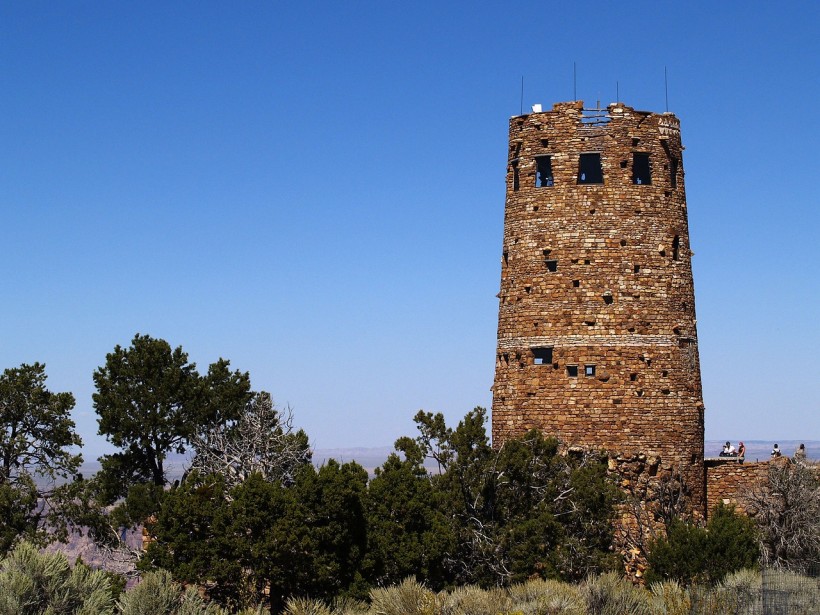In January 2023, archaeologists in Switzerland were able to uncover the remains of an A.D. 400 watchtower that could have been constructed for the Roman Empire's protection.
1,700-year-old Roman Watchtower Remains
Live Science notes that these ruins were found along the Rhine River in northern Switzerland. Archaeologists from Canton of Thurgau were behind this discovery.
The structure's square base measured 23 by 23 feet, while its walls had a thickness of three feet, as noted by the researchers in a translated statement. The structure's exact height remains unclear.
While there are not many ruins left to uncover, archaeologists were able to find a foundation ditch, mortar, stones, bricks, and roof tiles. These findings indicate that only the building's outline stayed, while the rest of its stone could have been taken or reused later on.
The archaeologists were also able to find the remains of a trench that had a v-shape and was close to the watchtower, as reported by Heritage Daily. The archaeologists note that it could have held a palisade that was wooden.
Live Science also adds that the site also had a military belt portion and a coin from Rome that was minted under Emperor Constantine I's rule.
Archaeologist Hansjörg Brem from the Canton of Thurgau, who participated in the excavation project, notes that there were roughly 5 to 15 people that could have dwelled inside the structure. Not every dweller could have been a soldier. Watchtower evidence spotted across the region also showed that soldiers dwelled in towers alongside their families.
Purpose of Watchtowers
Brem notes that these types of watchtowers were typically erected as part of a certain observation and information system. Soldiers stationed in the towers could have relayed signals to bigger units regarding possible threats or movements across the region.
This specific watchtower was situated over the northern frontier of the Roman Empire back in A.D. 400. Such a border was under deep pressure due to different groups of "barbarians," such as the Huns and Goths. Such groups may have not only attacked the Romans; they could have also fought with each other.
Professor Richard Alston from the University of London's Royal Holloway, who did not participate in the research, explains that the ruins seemed to be a standard and late emplacement of the Roman military. He also thinks that such a watchtower could have been primarily used for traffic supervision across the region. Professor Alston notes that its position was not defensive and that very few people could have manned it. He also notes cases where such watchtowers across the Roman Empire could have been manned and managed by civilians.
RELATED ARTICLE: Diver Unexpectedly Finds Ancient Roman Shipwreck Containing 44 Tons of Artifacts Off Israeli Coasts
Check out more news and information on Archaeology in Science Times.












!['Cosmic Glitch' in Einstein's Theory of General Relativity Could Be Explained in This New Scientific Tweak [Study]](https://1721181113.rsc.cdn77.org/data/thumbs/full/53435/258/146/50/40/cosmic-glitch-in-einsteins-theory-of-general-relativity-could-be-explained-in-this-new-scientific-tweak-study.jpeg)


